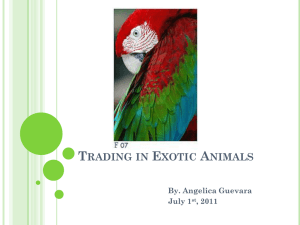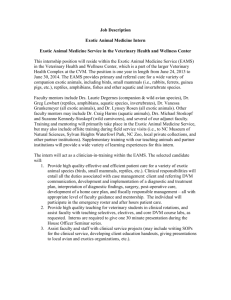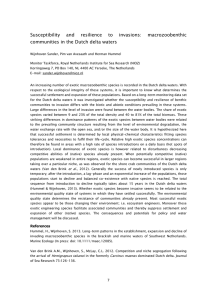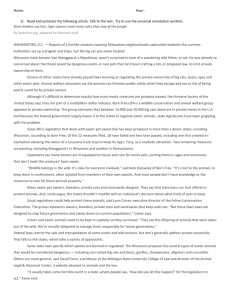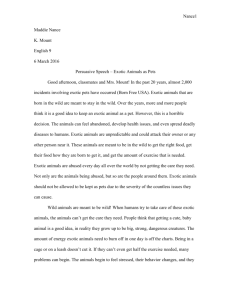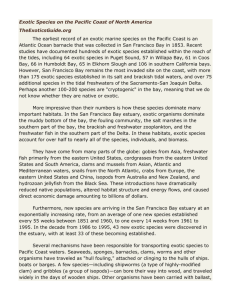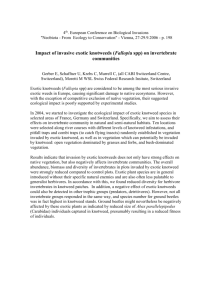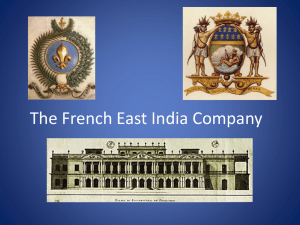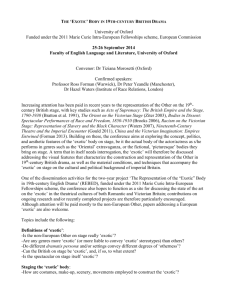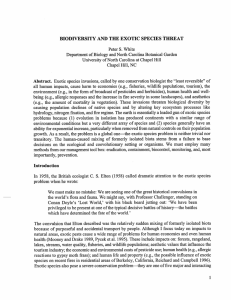Section III
advertisement
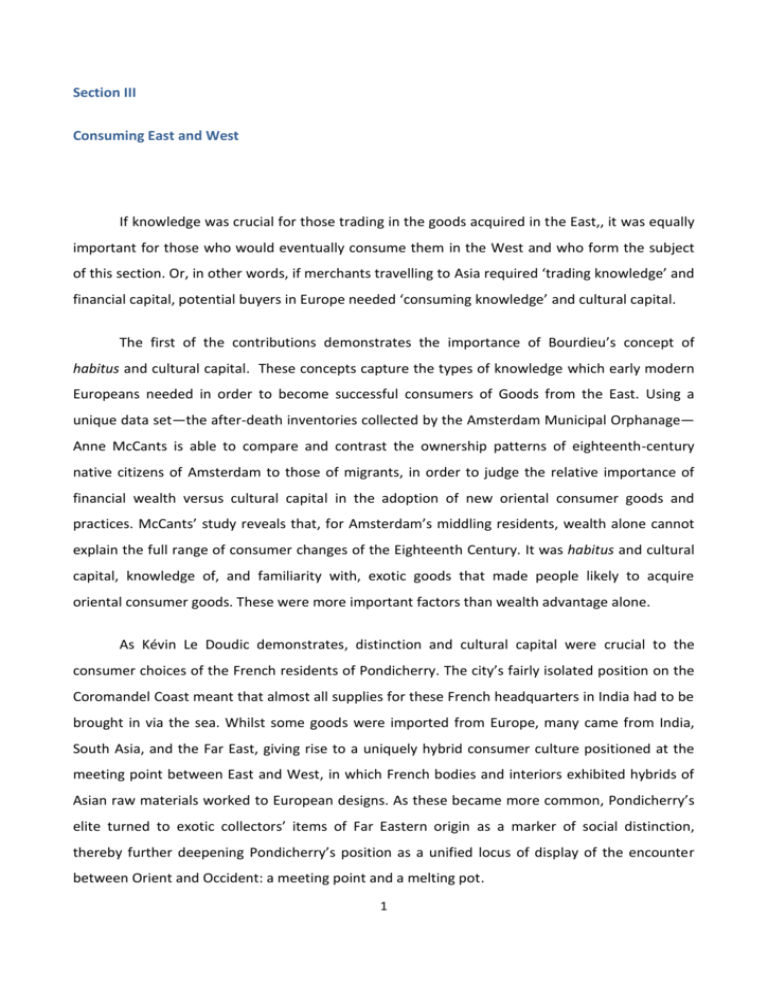
Section III Consuming East and West If knowledge was crucial for those trading in the goods acquired in the East,, it was equally important for those who would eventually consume them in the West and who form the subject of this section. Or, in other words, if merchants travelling to Asia required ‘trading knowledge’ and financial capital, potential buyers in Europe needed ‘consuming knowledge’ and cultural capital. The first of the contributions demonstrates the importance of Bourdieu’s concept of habitus and cultural capital. These concepts capture the types of knowledge which early modern Europeans needed in order to become successful consumers of Goods from the East. Using a unique data set—the after-death inventories collected by the Amsterdam Municipal Orphanage— Anne McCants is able to compare and contrast the ownership patterns of eighteenth-century native citizens of Amsterdam to those of migrants, in order to judge the relative importance of financial wealth versus cultural capital in the adoption of new oriental consumer goods and practices. McCants’ study reveals that, for Amsterdam’s middling residents, wealth alone cannot explain the full range of consumer changes of the Eighteenth Century. It was habitus and cultural capital, knowledge of, and familiarity with, exotic goods that made people likely to acquire oriental consumer goods. These were more important factors than wealth advantage alone. As Kévin Le Doudic demonstrates, distinction and cultural capital were crucial to the consumer choices of the French residents of Pondicherry. The city’s fairly isolated position on the Coromandel Coast meant that almost all supplies for these French headquarters in India had to be brought in via the sea. Whilst some goods were imported from Europe, many came from India, South Asia, and the Far East, giving rise to a uniquely hybrid consumer culture positioned at the meeting point between East and West, in which French bodies and interiors exhibited hybrids of Asian raw materials worked to European designs. As these became more common, Pondicherry’s elite turned to exotic collectors’ items of Far Eastern origin as a marker of social distinction, thereby further deepening Pondicherry’s position as a unified locus of display of the encounter between Orient and Occident: a meeting point and a melting pot. 1 Consumer demand thus depended both on knowledge and familiarity on the one hand, and on the lure of the foreign, exotic, and novel on the other. This interplay was equally important when it came to retail. In her contribution, Natacha Coquery focuses on eighteenth-century Parisian shops which were famous throughout Europe for their luxury goods—Chinese and Indian ones prominent amongst them. As Coquery demonstrates, these shops catered to a wide clientele, not only to the select few, and their success depended on marketing their wares accordingly. To create consumer demand, shopkeepers resorted to novel practices of advertising. In these, the language and imagery of both novelty and the exotic East became crucial selling points—whether the actual item in question was actually from India or China or not. As Felicia Gottmann shows, once created, consumer demand—female demand in particular in this instance—could become so potent that the state was powerless to control it. Asian fabrics, chintzes in particular, had become so popular in seventeenth-century France that the state, fearing for its silk and woollen manufactures, forbade all imports, production, and selling of such textiles in 1686. However, over the following decades their popularity never faded, nor did their wearing cease. French subjects from the very highest to the very lowest had different ways of getting hold of such fabrics: via shops, connections to the French East India Companies, or from itinerant retailers with secret stashes of textiles. They always had to stay one step ahead of the French authorities who, faced with the solid opposition of the population, still tried to shut down such trade—often at the cost of their own dignity and even physical integrity. Thus the French prohibition on Eastern fabrics, led to alternative retail cultures and alternatives to retail in which consumer desire for the familiarly exotic goods from the East posed a direct challenge to the early modern French state. 2
